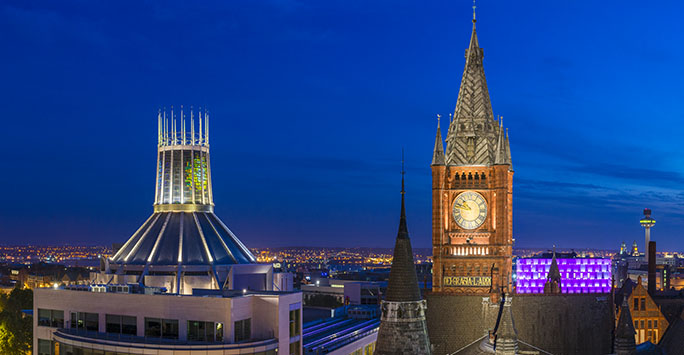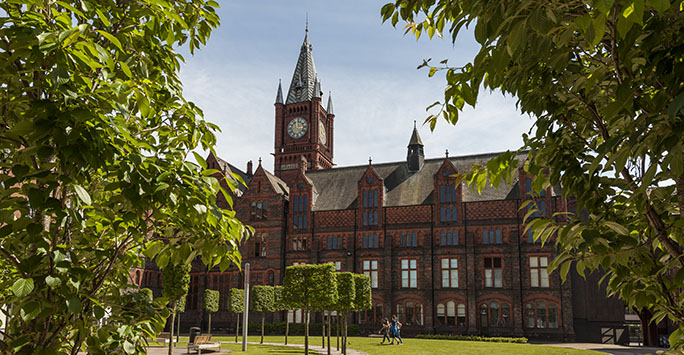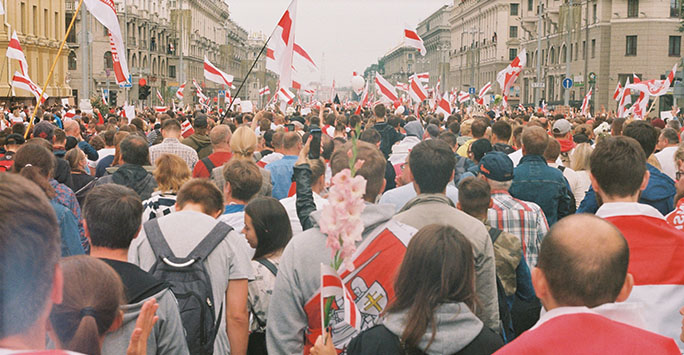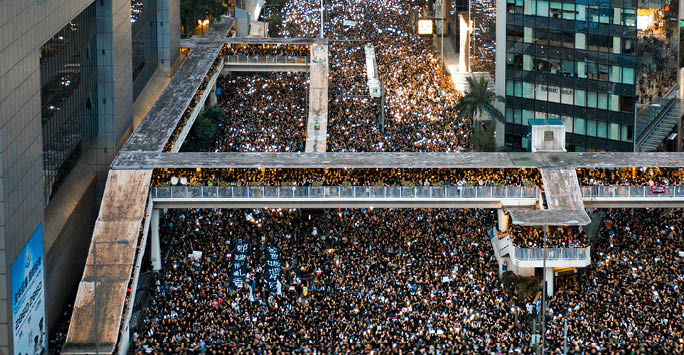
Race and International Law
Racism and international law have hit the headlines recently, often in the same story. In these stories, international law tends to be understood as curtailing or constraining the actions of racist, right wing politicians – serving as the hero or villain of the piece depending on one’s political outlook. On Tuesday 20 October 2020, as part of Black History Month, Dr Robert Knox gave an online lecture on Race and International Law. The event was recorded and the video is now available to watch. Here, in a follow-up blog, Robert introduces the lecture and offers further reflections.
Posted on: 5 November 2020

The Quiet City
Tomorrow (31st October) is World Cities Day, a day marked by the United Nations to focus on urbanisation as a central issue for development and to encourage cooperation among countries in meeting opportunities and addressing urban challenges towards sustainable development.
Posted on: 30 October 2020

Why Black History Matters
Every October in the UK we celebrate and mark Black History Month. This year, the month-long event has a higher profile than in previous years, the result of several contributory factors. The Black Lives Matter (BLM) protests that exploded in response to the killing of George Floyd in the US and others; the subsequent rising levels of consciousness raising around racial injustice, and recent debates about decolonising the curriculum, have all played a role. But why should Black history matter and why should it be part of mainstream British history?
Posted on: 13 October 2020

Moving to Liverpool: My tips for first-year students
Luca Frigulti is a second-year Sociology student in the Department of Sociology, Social Policy and Criminology. In his blog, Luca talks about how he felt moving to the UK from Gibraltar to start University, his first impressions of Liverpool and his tips for new students this year. \n
Posted on: 2 October 2020

What I wish I had known in first-year - How to best utilise your experience at the University of Liverpool
Ana Ghaffari is a second-year Law student at the Liverpool Law School. In her blog, Ana reflects on her first year of studies and offers her advice for students joining the University.\n
Posted on: 30 September 2020
.jpg)
A 5 step guide to starting university life in the School of Law and Social Justice
William Wood is a third-year student studying social policy with sociology in the Department of Sociology, Social Policy and Criminology. William gives his guide to Starting University Life in the School of Law and Social Justice. \n
Posted on: 28 September 2020

People, Power and Protest: Protecting and Promoting Human Rights in Belarus
Prof Kanstantsin Dzehtsiarou is Professor in Human Rights Law at the School of Law and Social Justice and Director of the International Law and Human Rights Unit. He discusses the situation in Belarus, where President Lukashenko has now been inaugurated despite protests over the disputed election results, and introduces a recorded webinar in which an international panel discuss the fall-out and the controversy.
Posted on: 23 September 2020
,684x355.jpg)
Convict Lives on Cockatoo Island
Dr Katherine Roscoe, Leverhulme Early Career Fellow in the Department of Sociology, Social Policy and Criminology, discusses her recent public lecture for New South Wales History Week 2020 - 'Convict Lives on Cockatoo Island'.
Posted on: 16 September 2020

Teaching Photography in Sociology
Terence Heng, senior lecturer in sociology, reflects on designing, developing and delivering modules in photography as a social research method.
Posted on: 2 September 2020
Blog

Race and International Law
Racism and international law have hit the headlines recently, often in the same story. In these stories, international law tends to be understood as curtailing or constraining the actions of racist, right wing politicians – serving as the hero or villain of the piece depending on one’s political outlook. On Tuesday 20 October 2020, as part of Black History Month, Dr Robert Knox gave an online lecture on Race and International Law. The event was recorded and the video is now available to watch. Here, in a follow-up blog, Robert introduces the lecture and offers further reflections.
Posted on: 5 November 2020

